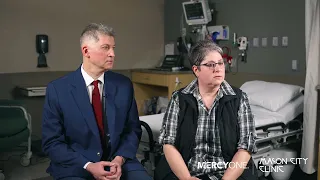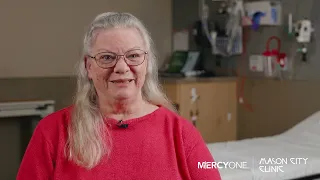View Transcript
We see all sorts of patients. Different ages, different disease, different comorbidities. Everyone is different with different disease and different treatments. It’s case by case, one by one. We are treating every single patient like a human being, not a disease.
Artificial joints became very popular over the last decades and because we have new techniques and technologies, I think they’re very satisfying procedures and the outcome is very good. We have very good track record and good outcome. Hopefully, likely they will last for 20, 30 years. Usually it’s about the end stage of the arthritis and it comes after having other treatments like therapy, activity modification, pills, injections, and it comes like a last stage because it’s a surgery. There were advancements in the quality of materials, the way the foreign body interacts to the bone, to the patient body, and we made advancements in the pain medication, pain treatment, and anesthesia as well. And in recovery, we’re able nowadays to send the patient home the same day or the day after surgery.
The patients start to walk immediately after surgery, once the effect of the anesthesia has worn off, and we let them do pretty much whatever they want. We ask them to walk under supervision and with the walker for a couple of days to prevent falls. But otherwise, there are no restrictions for a knee replacement. For hip replacement, there are some restrictions depending on surgical approach to prevent dislocation. But we are very liberal nowadays and the recovery is easier for patients than it used to be years ago.
I see patients in Mason City, in Britt, Algona, and Newhampton. It’s very satisfying and gratifying to be close to the patients, to understand their pain and try to help them. I love to be in service for our patients.
 Dr. Radulescu and Deanne, Partial Knee Replacement
Dr. Radulescu and Deanne, Partial Knee Replacement
 Dr. Radulescu and Joyce Hip and Knee Replacement
Dr. Radulescu and Joyce Hip and Knee Replacement
 Woman Returns to Farm Work After Hip and Knee Replacement
Woman Returns to Farm Work After Hip and Knee Replacement